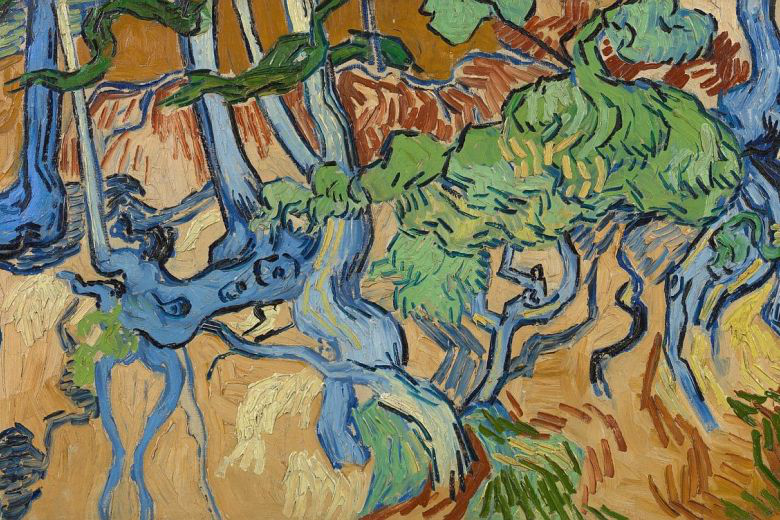
1.What does the passage mainly talk about?
A A postcard.
B The Van Gogh Museum.
C A Van Gogh’s painting.
D Van der Veen’s finding.
解析:选D。主旨大意题。根据文章全文内容可知,梵高研究所(Institut van Gogh)的所长伍特尔·范·德·维恩(Wouter van der Veen)发现一张明信片上的部分场景与梵高的画作《树根》(Tree Roots)惊人地相似,后经过其他专家的研究,确定了梵高身前创作最后一幅作品的地方,故选D。
2.______ in the postcard gave Van der Veen tips.
A The kind of tree
B The looks of tree
C The body of tree
D The rings of tree
解析:选B。细节理解题。根据文章第二段第一句Wouter Van der Veen, the director of the Institut van Gogh, found a postcard from 1900 to 1910. It showed tree trunks(树干)and roots(树根)growing on a hill side—this, he thought, showed a similar place to that in Van Gogh's Tree Roots.可知,梵高研究所所长伍特尔·范·德·维恩发现了一张1900年至1910年的明信片,上面展现了在山坡上生长的树干和树根(即树的样子)——他认为,这张明信片显示了与梵高作品《树根》所相似的地方,故选B。
3.The underlined word “similar” means _______ in Chinese.
A 熟悉的
B 同样的
C 相似的
D 不同的
解析:选C。词义猜测题。根据文章最后一段第二句Experts thought the inn in Auvers-sur-Oise—150 meters from the Auberge Ravoux, was very much like the painting's place.可知,专家们认为,奥维尔镇上的旅馆非常像这幅画的地方,由此推测similar意为“相似的”,故选C。
4.What can we learn from the passage?
A Postcards were very popular in the 1900s.
B Van Gogh completed Tree Roots in a inn.
C Van Gogh got to Auvers-sur-Oise in May, 1890.
D Van der Veen collected many Van Gogh’s paintings.
解析:选C。推理判断题。根据文章第二段倒数第二句The strange and bright painting is thought to be the painter's last work before he died on July 29, 1890.以及最后一段最后一句Van Gogh spent the last 70 days of his life there.可知,这幅奇特而明亮的画被认为是画家在1890年7月29日去世之前的最后一幅作品。他曾在奥维尔镇上的旅馆度过了他生命最后的70天,由此推断他是5月份到达该镇的,故选C。